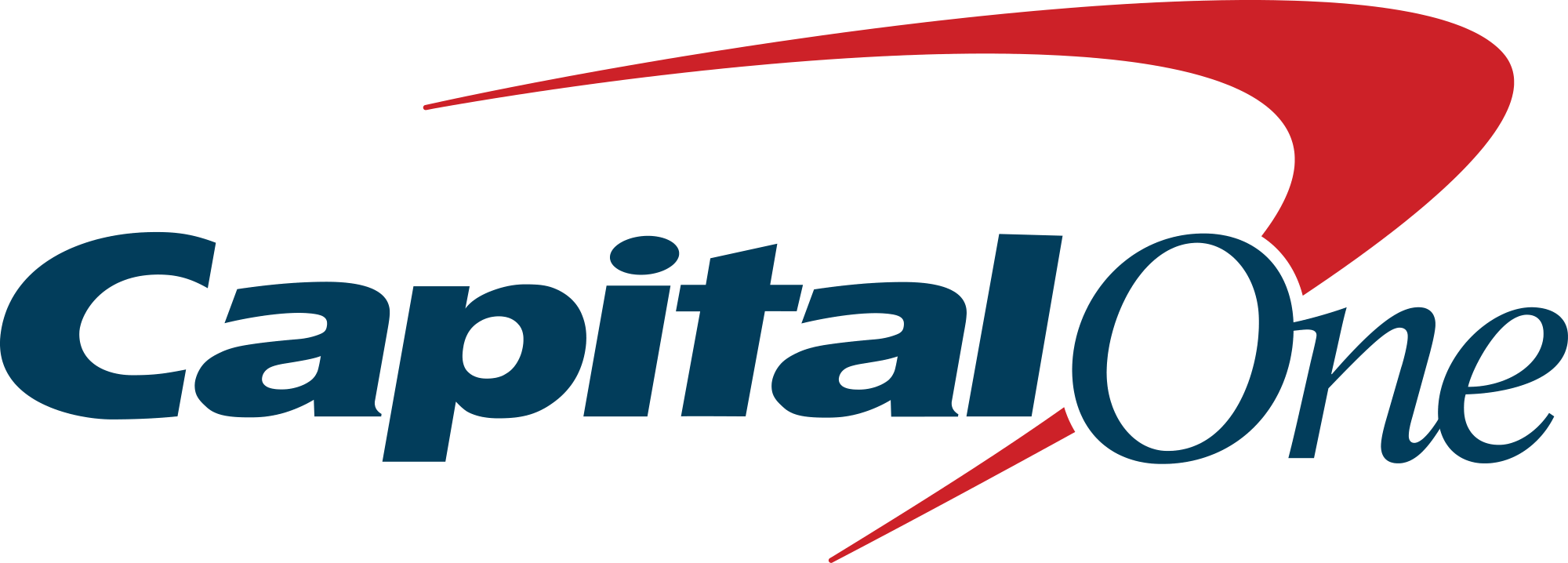How Much Money Should You Keep in a Checking Account? Here's the Sweet Spot
KEY POINTS
- Aim to keep one to two months' expenses in your checking account.
- Keep some savings in your checking account.
- Choose a fee-free checking account and set a goal to keep it well-funded.
Ding, ding, ding! What's that? The sound of overdraft fees hitting my bank account, you say? Oops. There goes tonight's date money. Time to rethink my checking strategy.
Real talk -- in college, I paid my bank hundreds of dollars because I put too little into my checking account. My low balance left me vulnerable. I racked up fee after fee. Avoiding fees is one of the best reasons to keep your bank account topped up.
How much money should you keep in a checking account? See specific numbers below. They include how much the typical household keeps in checking accounts.
The sweet spot: One to two months' expenses
Most financial experts recommend you keep one to two months of expenses in your checking account at all times. That way, you can avoid overdraft fees and meet balance requirements. You'll also have money to pay the bills. This is important when you use your debit card at the gas station and it puts a $100 "pre-authorization hold" on your account -- oof.
Our Picks for the Best High-Yield Savings Accounts of 2024
|
Capital One 360 Performance Savings

APY
4.25%
Rate info
See Capital One website for most up-to-date rates. Advertised Annual Percentage Yield (APY) is variable and accurate as of April 11, 2024. Rates are subject to change at any time before or after account opening.
Min. to earn
$0
|
APY
4.25%
Rate info
See Capital One website for most up-to-date rates. Advertised Annual Percentage Yield (APY) is variable and accurate as of April 11, 2024. Rates are subject to change at any time before or after account opening.
|
Min. to earn
$0
|
|
American Express® High Yield Savings

APY
4.25%
Rate info
4.25% annual percentage yield as of June 26, 2024
Min. to earn
$1
|
APY
4.25%
Rate info
4.25% annual percentage yield as of June 26, 2024
|
Min. to earn
$1
|
|
Citizens Access® Savings

APY
4.50%
Min. to earn
$0.01
|
APY
4.50%
|
Min. to earn
$0.01
|
How is the average household doing on that front? Turns out, things could be better.
The Federal Reserve Board's 2022 Survey of Consumer Finances found that the median household checking account balance was $2,800 in 2022. Let's be generous and assume that people are attempting to save one month's worth of expenses. Is $2,800 enough?
Not really. The average American household spent $3,829 per month on housing, transportation, and food in 2022, according to the most recent Consumer Expenditure Survey from the U.S. Bureau of Labor Statistics (BLS). That's more than the typical household has in their checking account.
This number is an average, not the median, so it may be skewed toward the high side. Still. Conservatively speaking, the typical household should have closer to $4,000 in its checking accounts to cover at least one month's worth of expenses. For many, that's the sweet spot.
Keep some savings in your checking account
You want to keep some money in your checking account. The temptation to stuff it all into savings is strong -- you get paid interest on money in your savings, so why not? Regulation D, that's why. Regulation D keeps you from making more than six convenient withdrawals monthly.
Despite the U.S. government lifting Regulation D in 2020, its ghost lingers on. Some banks still limit withdrawals. Others charge you for making more than six withdrawals. There are exceptions, though. Chase savings accounts don't limit withdrawals.
Honestly? The main reason I'd skip keeping all my savings and spending cash in the same account is that it mixes them. It's easier to budget when your accounts remain separate.
Checking accounts should charge $0 monthly fees
The best checking accounts charge $0 monthly maintenance fees. The exception is accounts that charge fees, but waive them if you meet certain criteria. For example, E*TRADE waives maintenance fees when you keep $5,000 in your savings account with the brokerage. Chase Total Checking® waives its $12 fee when you maintain a $1,500 balance.
If you don't have one to two months' worth of expenses in your checking account, well, you're not alone. Most of America hasn't hit that sweet spot.
Keeping your account topped up with the perfect amount of money is a goal that you may not always hit, and that's okay. The point is to give you peace of mind. Stressing about your checking account numbers isn't going to bring you peace. But setting a goal and making consistent progress might. That's worth doing.
These savings accounts are FDIC insured and could earn you 11x your bank
Many people are missing out on guaranteed returns as their money languishes in a big bank savings account earning next to no interest. Our picks of the best online savings accounts could earn you 11x the national average savings account rate. Click here to uncover the best-in-class accounts that landed a spot on our short list of the best savings accounts for 2024.
Our Research Expert
We're firm believers in the Golden Rule, which is why editorial opinions are ours alone and have not been previously reviewed, approved, or endorsed by included advertisers. The Ascent, a Motley Fool service, does not cover all offers on the market. The Ascent has a dedicated team of editors and analysts focused on personal finance, and they follow the same set of publishing standards and editorial integrity while maintaining professional separation from the analysts and editors on other Motley Fool brands.
Related Articles
View All Articles